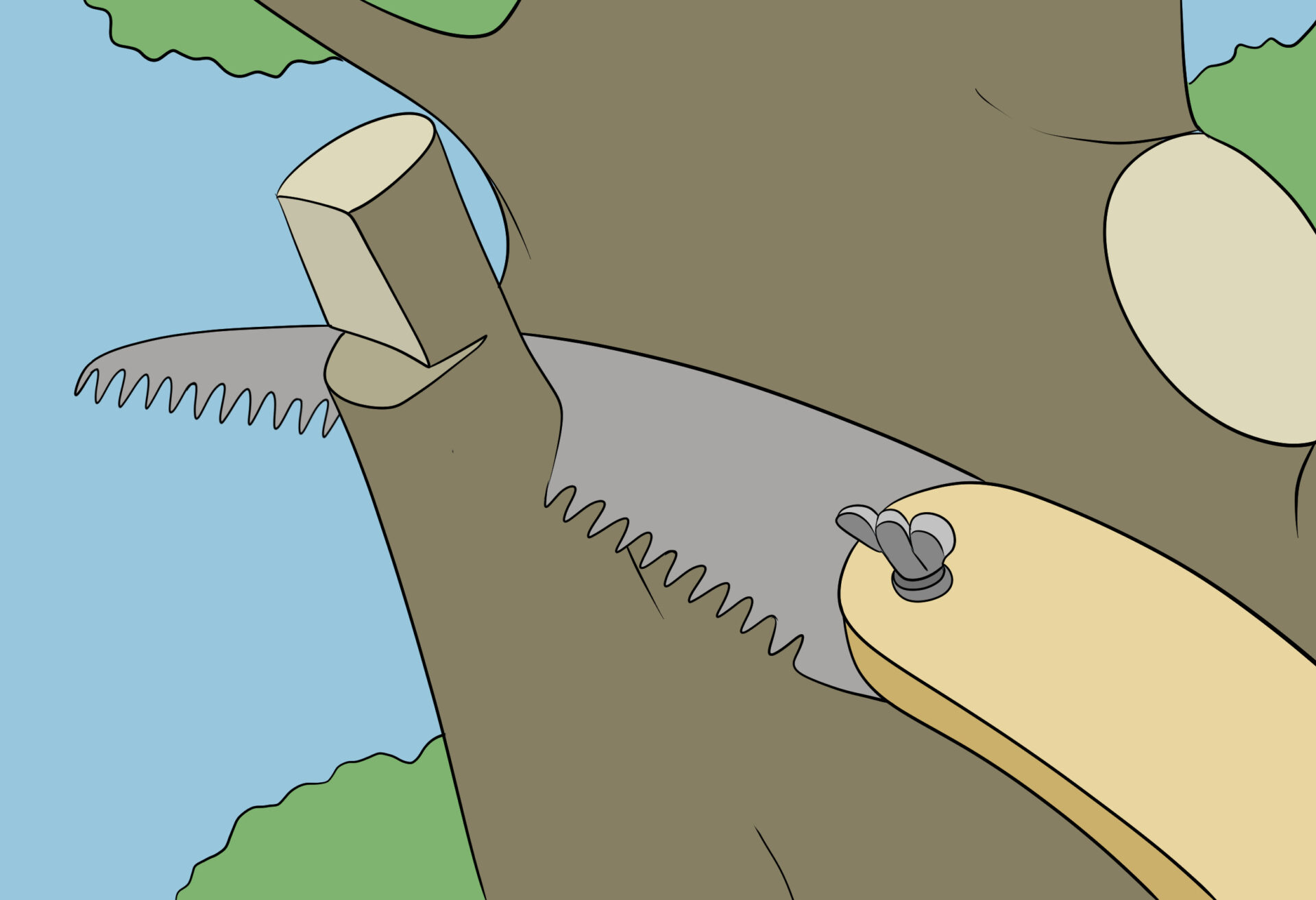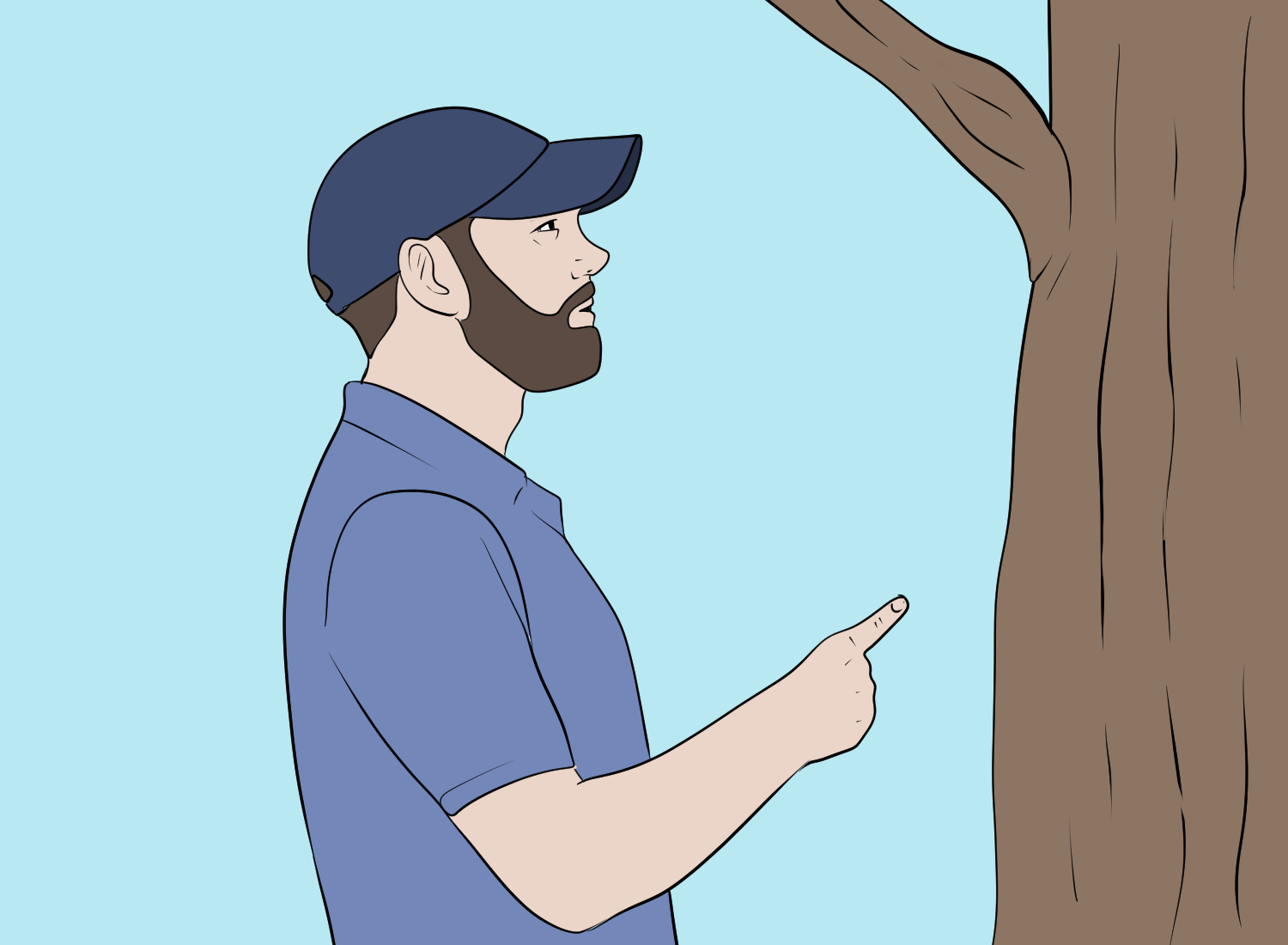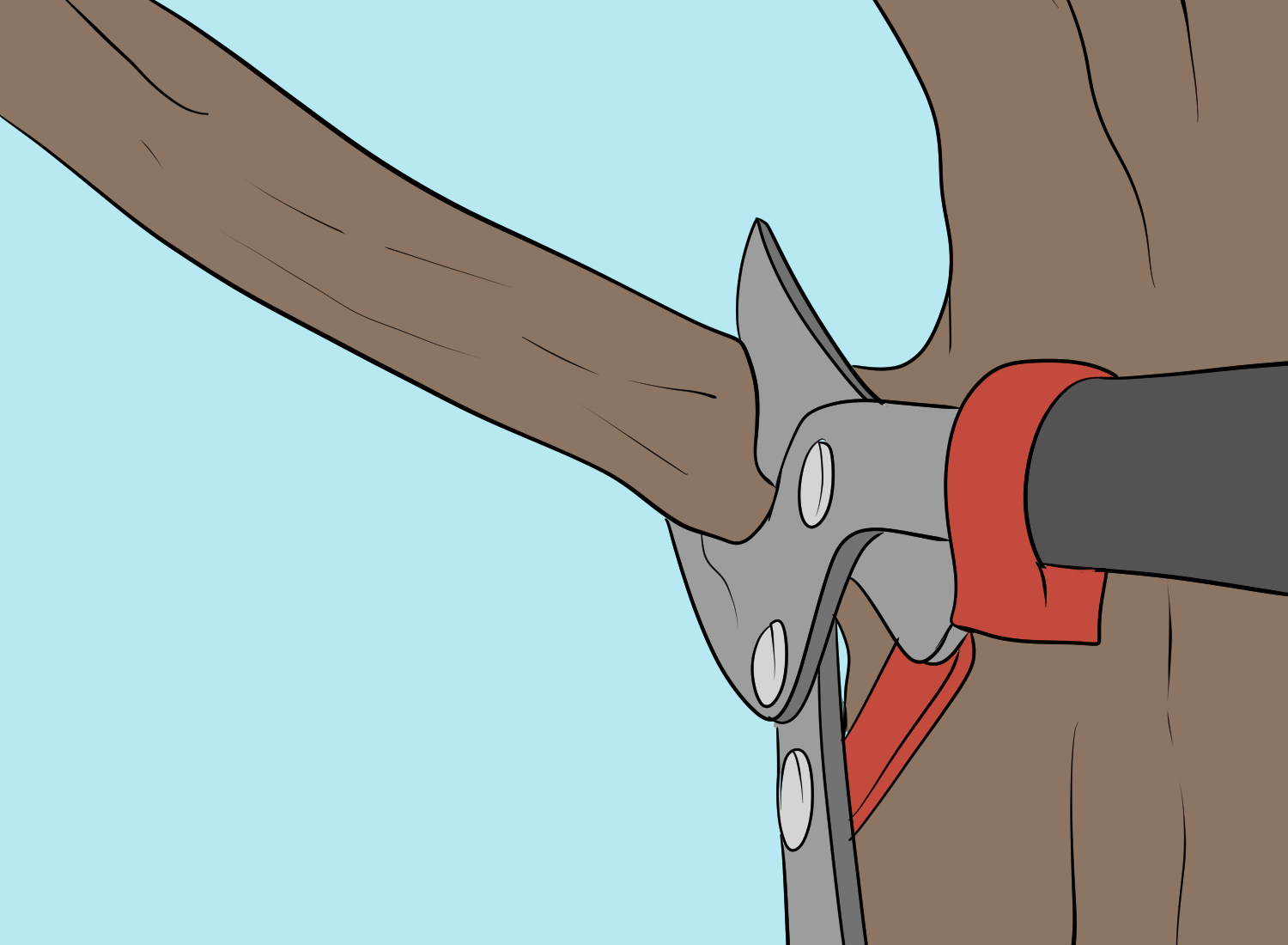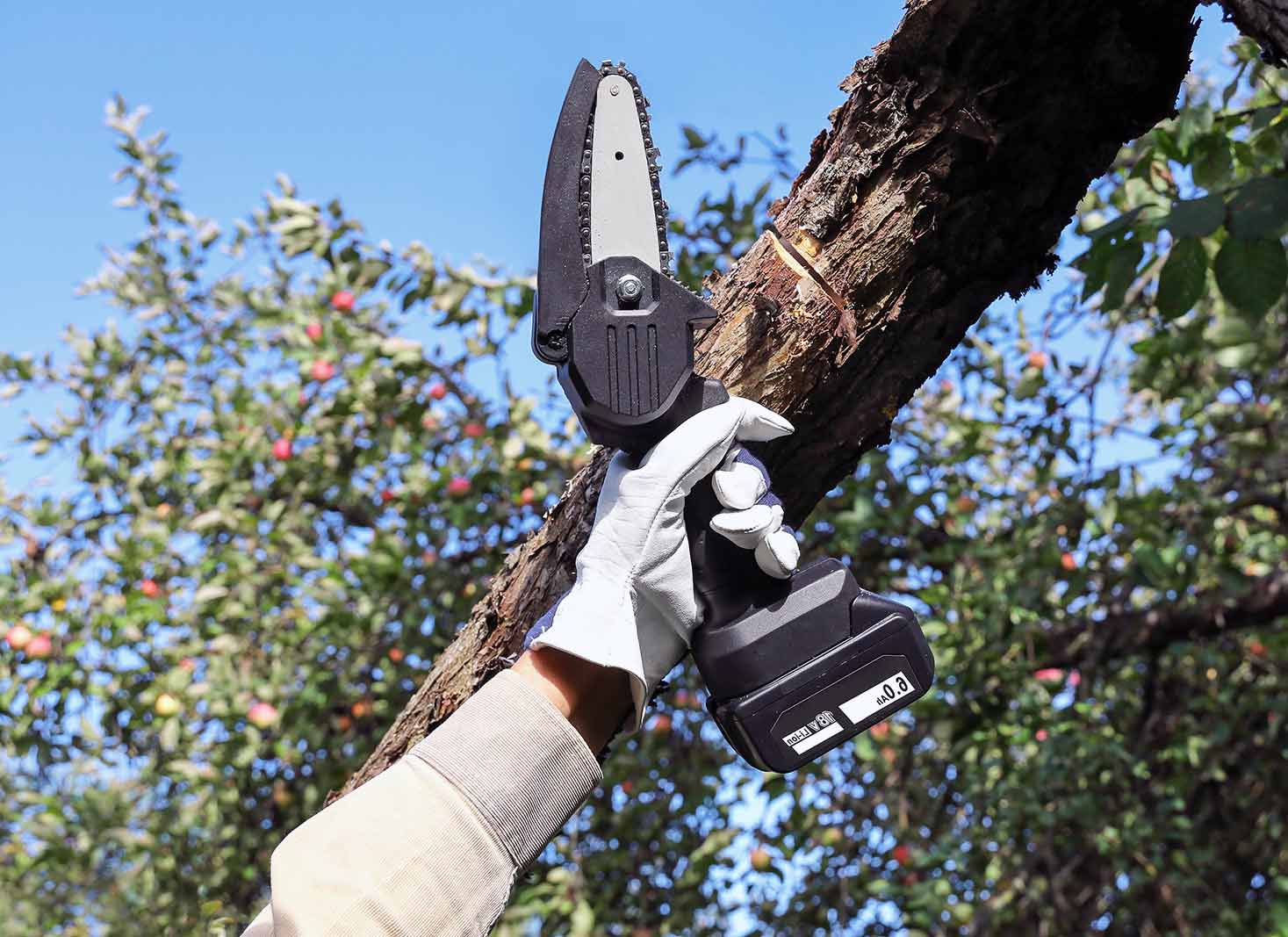Have you ever admired a beautifully pruned tree and wondered how it got its perfect shape? Tree pruning is an essential part of tree maintenance, but it’s not as simple as just snipping away branches.
The best time to prune is during the winter when trees are dormant. Proper tools and techniques must be used to ensure safe removal of branches with minimal damage to the tree
With this knowledge, you’ll be well-equipped to care for your trees and keep them looking their best for years to come.

Tree pruning is an essential practice for maintaining the overall health and structure of a tree.
Proper pruning not only promotes tree health and growth but also ensures safety and property protection while enhancing the tree’s aesthetic appeal.
When done correctly, pruning can extend the lifespan of a tree and improve its resistance to disease and pests. So, it’s crucial to understand the significance of tree pruning and learn how to do it effectively.
Health and Growth
One of the primary benefits of tree pruning is the promotion of tree health and growth.
Pruning involves the careful removal of dead, damaged, or diseased branches, which allows the tree to focus its energy and resources on healthy growth.
This can encourage the development of stronger, more robust branches and improve the overall structure of the tree.
Timing is crucial when it comes to pruning for health and growth. Ideally, pruning should be done during the tree’s dormant stage, typically in late winter or early spring.
This minimizes the risk of disease and pest infestations in the exposed wounds and encourages vigorous new growth in the coming growing season.
Safety and Property Protection
By regularly pruning trees, you can eliminate potentially dangerous branches and reduce the risk of damage to your property or harm to people nearby.
In addition to removing hazardous branches, proper pruning techniques are essential in avoiding harm to the tree itself.
Cutting heavy branches without proper support can result in damage to the bark and disrupt the tree’s natural healing process.
The branch collar, a swollen area where the branch meets the trunk, plays a crucial role in healing the wound left by the pruning cut. Cutting just outside the branch collar allows it to seal off the wound and prevent the entry of diseases.
Aesthetic Appeal
Lastly, tree pruning can significantly enhance the overall appearance and shape of your trees.
Well-pruned trees are not only visually appealing, but they can also improve the curb appeal of your home and contribute to a healthy and vibrant landscape.
By carefully cutting away dead or infected branches, managing growth, and shaping the tree, you can create a stunning focal point in your front yard or garden.
Choosing the Right Time and Tools
Now that you understand the importance of tree pruning, it’s essential to know when and how to prune your trees.
The timing of your pruning efforts can greatly impact the overall health and growth of your trees while using the right tools can ensure a clean and safe cut.
With a clear understanding of the benefits of tree pruning, it’s time to explore the best time to prune and the tools needed for the task.
Pruning Season
The optimal time to prune trees is during their dormant stage, which usually occurs in the winter season.
Pruning during dormancy helps minimize the risk of disease and pest infestations and encourages healthy, vigorous new growth in the spring.
When planning to prune your trees, choose a winter afternoon with mild weather. Cold temperatures can make the wood brittle and difficult to cut, while wet or humid conditions can promote the spread of disease and pests.
Essential Pruning Tools
Different tools are designed for cutting various types and sizes of branches. Always clean your tools before and after use, and regularly sharpen them to maintain their cutting effectiveness.
Some essential pruning tools include pruning shears for small branches and twigs, loppers for branches up to two inches in diameter, pole pruners for hard-to-reach branches, and saws for larger branches.
In addition to selecting the right tools for the job, it’s crucial to ensure your tools are clean and sharp. Dull tools can cause damage to the tree, while dirty blades can spread disease to the exposed wounds.
Steps to Safely Cut a Tree Limb
Step 1: Assessing the Tree

Before you start cutting, it’s essential to evaluate your tree. Factors to consider include the size and species of the tree, its growth behavior, and the 3 C’s of pruning: crossing, competing, and crowding.
By identifying branches that are dead, damaged, or negatively impacting the tree’s overall health and structure, you can ensure your pruning efforts are both effective and beneficial.
In addition to considering the specific branches that need to be removed, take a moment to assess the overall health and structure of the tree. Look for signs of disease, pest infestations, or other issues that may require further attention.
This comprehensive assessment will help you make informed decisions about your pruning efforts and ensure the long-term health and beauty of your trees.
Step 2: Making the Cuts

When you’re ready to start cutting, it’s important to follow the proper technique to ensure the health of your tree and promote healing.
The three-cut method is a proven technique for pruning large tree limbs and minimizing the risk of damage to the tree.
- The first cut should be made close to the tree trunk. This will only form a partial cut.
- A second cut should then be made further down the branch in order to remove most of it.
- Finally, make a third cut just outside the branch collar to allow for proper healing.
A common mistake made during pruning is cutting too close to the trunk, known as a flush cut, or leaving a stub by cutting too far from the trunk.
Both of these mistakes can lead to decay and potential harm to the tree. By following the three-cut method and making clean, precise cuts, you can ensure the health and longevity of your tree.
Step 3: Removing the Limb

Once you’ve made the proper cuts, it’s time to safely remove the cut limb from the tree. Depending on the size and weight of the branch, you may need assistance to prevent injury or damage to the tree.
After removing the limb, dispose of it properly according to your local regulations. By following these steps, you can ensure a safe and efficient pruning process that will keep your trees healthy and beautiful for years to come.
Advanced Pruning Techniques
As you become more comfortable with basic tree pruning, you may encounter situations that require more advanced techniques.
With a solid understanding of the fundamentals, you’ll be better equipped to handle these more complex scenarios and continue to provide the best care for your trees.
Dealing with High Branches
Cutting high branches can be a challenging task, but there are several options available to help you safely and effectively reach those hard-to-access limbs.
Pole pruners, which feature a saw blade mounted on a long pole, are a popular choice for cutting branches that are too high to reach with a ladder.
Alternatively, you can use climbing equipment such as ropes and harnesses to scale the tree and access the high branches directly.
In some cases, it may be necessary to call in a professional arborist to handle the job. Professional arborists have the experience, knowledge, and equipment necessary to safely and effectively prune high branches.
Pruning Near Power Lines
When pruning trees near power lines, safety is of utmost importance. In these situations, it’s best to call in a professional arborist or utility company to handle the task.
These professionals are trained in working around electrical hazards and can safely prune your tree without putting you or your property at risk.
Attempting to prune near power lines without proper training and equipment can result in serious injury or even death, so it’s essential to leave this task to the professionals.
Common Pruning Mistakes to Avoid

As you embark on your tree pruning journey, it’s important to be aware of common mistakes that can harm your tree and potentially negate the benefits of your efforts.
By being aware of these pitfalls and following the proper techniques, you can ensure that your tree pruning efforts are both safe and effective.
Incorrect Cuts
One of the most critical aspects of tree pruning is making the correct cuts. Flush cuts, which involve cutting too close to the trunk, and stub cuts, which involve cutting too far from the trunk, can both cause significant harm to the tree.
Flush cuts can result in decay and potentially lead to the death of the tree, while stub cuts can weaken the tree and make it more susceptible to disease and pests.
To avoid these harmful cuts, always follow the three-cut method for pruning large limbs and make clean, precise cuts just outside the branch collar. By doing so, you will promote healthy healing and protect your tree from potential harm.
Over-pruning
Another common mistake in tree pruning is over-pruning, or removing too many branches at once. This can weaken the tree and potentially lead to its death.
It’s important to strike a balance between removing enough branches to promote health and growth while maintaining the tree’s overall structure and vitality.
Be mindful of the number of branches you remove, and always prioritize the removal of dead, damaged, or diseased branches before cutting healthy ones.
FAQ's
To safely cut tree limbs, wear protective gear and use a sharp saw. Make an undercut several inches away from the trunk to prevent bark tearing. Then cut halfway through.
Move a short distance away from the first cut and finish cutting all the way through to remove the branch.
To trim a tree limb without hurting the tree, make a shallow cut on the underside of the branch one or two inches beyond the branch collar.
Next, cut through the branch two to four inches beyond the branch collar, removing the branch and leaving a stub. Finally, take care not to over-prune the tree and call an expert if necessary.
Yes, it is possible to cut off limbs from a tree without killing it. However, proper techniques must be used when pruning to ensure the health of the tree.
To avoid damaging the tree, it’s best to seek professional advice before attempting to prune on your own.
For optimal results, it is best to cut tree limbs at a 45-degree angle. This will reduce water damage and prevent the spread of disease.











